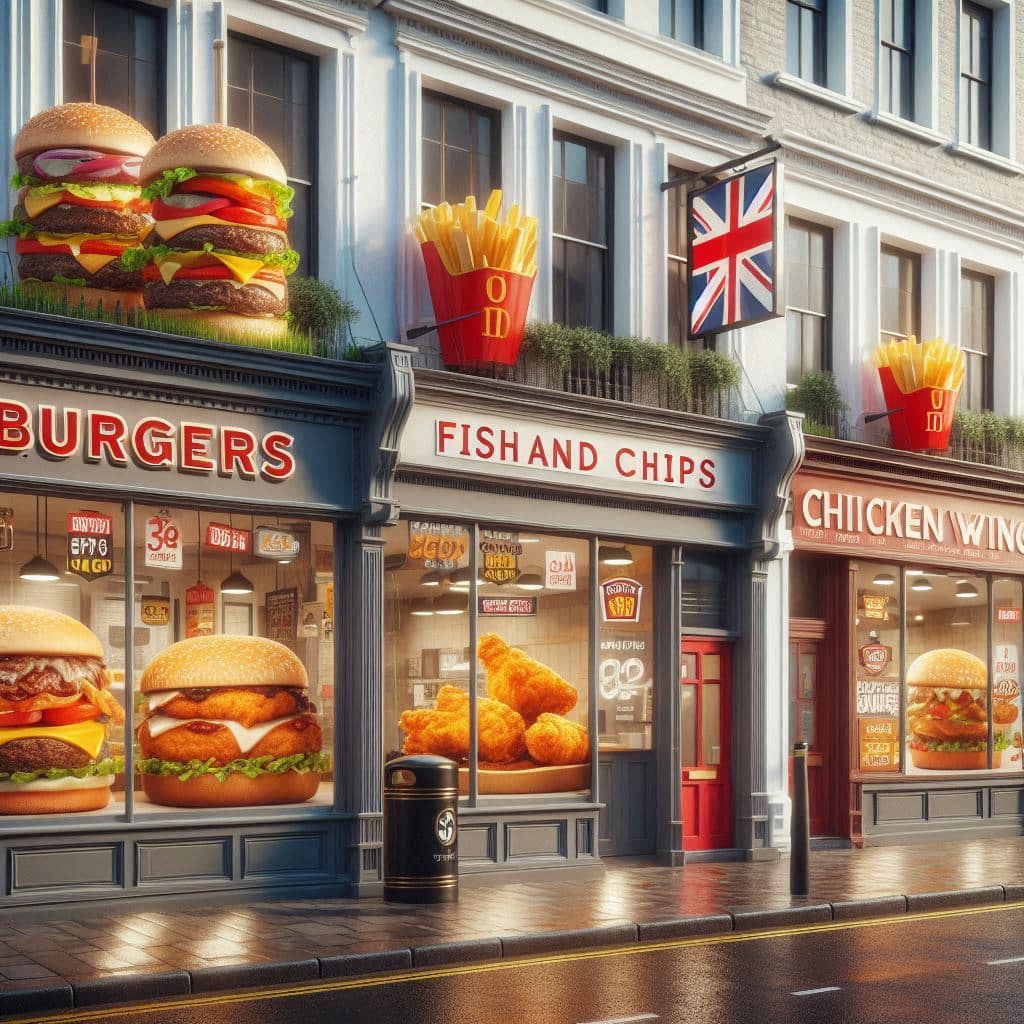Is the Spring of Discontent just a nine-day wonder?
SUGGESTED


After a long and tedious winter, Spring is in the air and the daffodils are coming out. So, unfortunately, are union members.
There’s strike activity in the Civil Service over pensions, on the railways over possible job cuts, British Gas over changes to jobs, and of course the BA strike about staffing levels on flights.
Back to the 1970s? Not quite. Back then, most disputes were over pay – there is at least a degree of realism about that these days. There’s no doubt that many union members feel strongly about the issues, but there is also a fair amount of political game playing by union leadership which thinks it can put the screws on the Government as an election draws ever closer.
The wider public, faced with difficult personal decisions and the fear of job loss in many areas of the private sector, has a different perspective. Bear in mind that unionism is now very much a public sector phenomenon. Union density is 57% in the public sector as against 15% in the private sector. Moreover, if you strip out ex-public sector (and still highly regulated) areas such as utilities, BA and the railways, the unionisation rate in the “real” private sector is little more than 10%. Those with torn-up travel plans this Easter must be wondering why we still persist in allowing a minority to engage in disruptive union activity. And anyway, why should public and quasi-public sector workers be immune from the necessary restructuring which the recession has entailed?
It’s not as if we were still in some red-in-tooth-and-claw employment jungle. We are now in a highly regulated labour market where employment protection, anti-discrimination legislation, the minimum wage and so on have undermined much of the traditional justification for union activity. Economic change is still painful for many, but we are cushioned far more than in the past.
Today’s trade unionists are also very different from the miners, dockers and carworkers of yesteryear. They are mainly in white collar, technical and professional jobs; they are more highly educated than the workforce as a whole; they are paid on average 12.5% more than non-union members. They are in fact a relatively privileged group.
After the long period of union reform under Mrs Thatcher and Mr Major, New Labour appeared to acquiesce in a “new industrial settlement” which saw a greatly reduced role for unions, while the Conservatives felt that they had achieved all that was necessary and that the unions could be left in peace.
This may not be the case much longer if this new wave of militancy turns out to be more than a nine-day wonder. Old questions such as compulsory recognition, the right to strike in certain areas of the public sector, the form of strike ballots, union immunity from tort actions and so on could be back on the agenda. Unions need to be very careful that they do not overplay their hand in a febrile political environment.
2 thoughts on “Is the Spring of Discontent just a nine-day wonder?”
Comments are closed.




Len Shackleton says that we are cushioned (from economic change) far more than in the past. I wonder whether that isn’t part of the problem?
It is amazing that a majority of the public seems not to believe that government expenditure needs to be cut at all. Maybe some more taxes on ‘the rich’, maybe a slight reduction in the rate of growth in government spending. But that’s it.
Low interest rates and government overspending (as well as personal overspending) helped get us into this mess; but it’s difficult to be confident that even lower interest rates and continued (maybe slightly reduced) government overspending are the best way to get us out of it.
Employment protection legislation may be a major factor in the decision to strike. Without it, employers would find it far easier to sack workers who went on strike (unless industrial action were sanctioned in a voluntary employment contract between employer and employee).